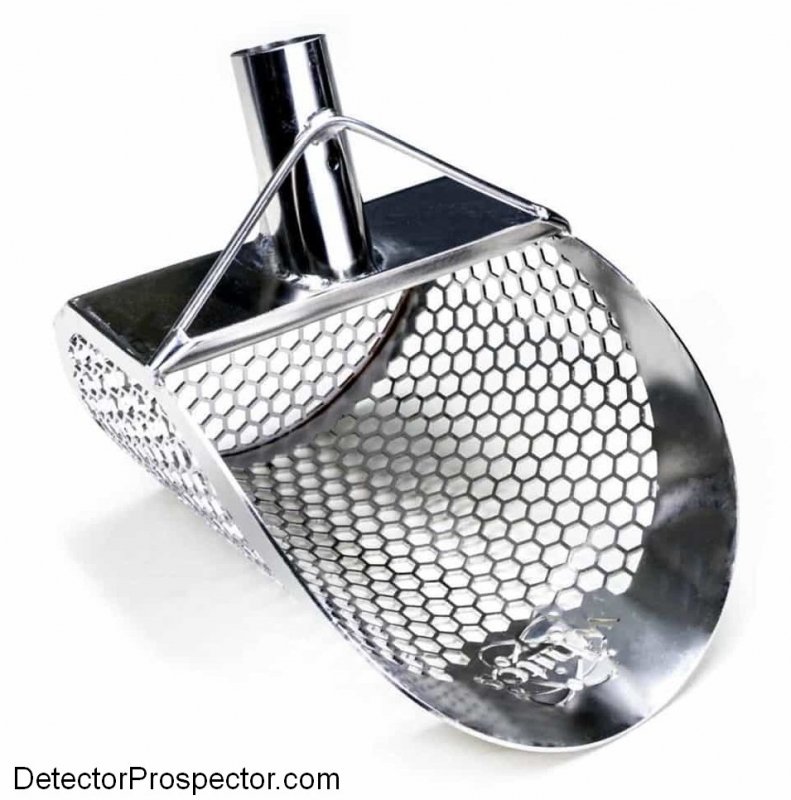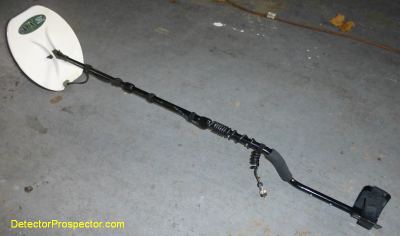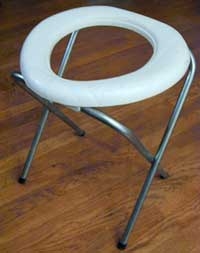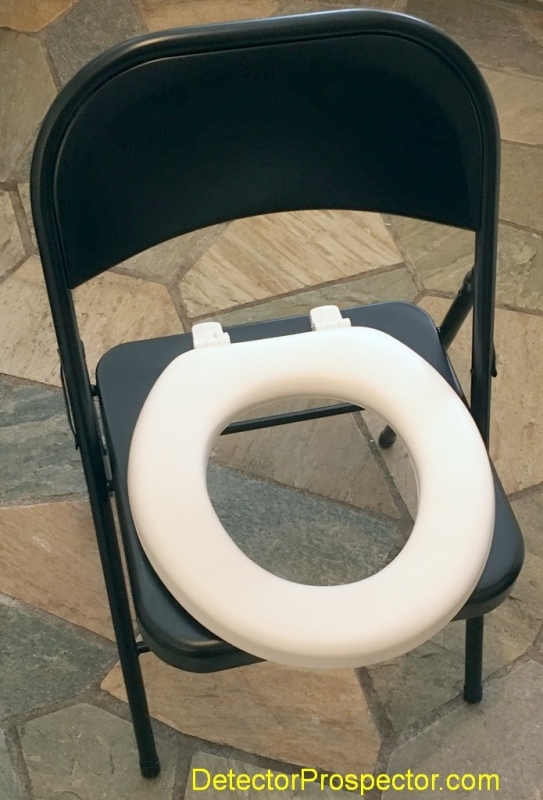-
Posts
19,756 -
Joined
Content Type
Forums
Detector Prospector Home
Detector Database
Downloads
Everything posted by Steve Herschbach
-
The Deus Silencer setting is like most filters. Nearly all work by trying to eliminate weak signals in favor of stronger signals. This being the case, applying a filter always results in some loss of depth and sensitivity. The trick is that that problem you are trying to fix (false signal) has to be worse than the problem you cause (decreased sensitivity). The Silencer is supposed to reduce faint spurious signals created in dense ferrous trash. Let's say on a scale of 1 - 10 most good targets beep at 6 and above, but you are getting lots of distracting faint 1 and 2 signals. Increasing the Silencer can greatly reduce these faint false signals allowing you to concentrate on the better signals. Now on a later hunt this spot is "cleaned out" and you want to find what you missed. It may be that one of the faint 1 - 2 signals is a faint good target. By reducing the Silencer setting or turning it off, you now get these faint hits. Thirty are false signals but one is that nice silver coin you were looking for. Of course they could just as easily all turn out to be trash. Basically, I leave filters turned off unless forced to use them. I know when this is because I am ready to give up because of too many false signals or "noise". Apply just enough filter to do the trick, and no more. As always it is an individual thing as we all have different tolerance levels both for noisy detectors and for the amount of trash we are willing to dig to get a good item. People who do run detectors noisy basically don't trust the machine to do the filtering and prefer to use their ears instead. This can be fatiguing and a judicious application of a filter can result at the least in a more pleasant detecting experience.
-
A perfect ground balance would have absolutely no audio change when the coil is raised and lowered over the ground. If audio is produced such that it sounds like a target when you sweep the ground, you need to work with the ground balance and sensitivity. In a perfect world you eliminate ground effects with these controls. However, the worse the ground (worse meaning you have to keep playing with detector controls) the more often you have to adjust. I have been on a lot of ground where I can set the ground balance in the morning and forget it. And then you have Rob's ground - every ten feet. Remember, ground balance is about obtaining a smooth threshold sound. If you achieve that, numbers flashing mean nothing really. You actually do not need the screen. I can tape over the screen and run the machine just fine.
-

New User Seeks Advice On First Detector
Steve Herschbach replied to richard t's topic in Metal Detector Advice & Comparisons
You can find good and bad commentary on any detector. Don't pay too much attention to it. Since you are new stick with a very well known name brand with good accessory availability. The popular brands all make very good detectors and with few exceptions there are no real turkeys. The bang for the buck is now $500 - $600 and if you go with a popular brand name unit in that price range you will get a good detector with good warranty support. Go with a feature list that fits your intended use. Again, I was keying in on waterproof, so AT Pro makes sense. It is only one of the most popular detectors ever made. A lot of people own them. That being the case, more people also complain. Even though the percentage is small, the sheer number of AT owners means stuff will happen. Whatever, Garrett makes good machines and if you have a problem, good warranty support. Similar but more expensive model the White's MX Sport is worth a peek. If you decide you actually don't need waterproof then there are many good choices. Too many really. Here is a way to weed out a lot of odd brands and models - stick with models that have lots of online forum activity. -

New User Seeks Advice On First Detector
Steve Herschbach replied to richard t's topic in Metal Detector Advice & Comparisons
Welcome to the forum! If you spend much time in and around water, then waterproof is a plus. And that makes the AT Pro a good place to start. Great all around detector. Do be aware of the new AT Max due out in August. -
Welcome to the forum! As long as the detector is acting properly ground balanced (little or no response when coil raised and lowered to ground) then I would not worry about it. Ground and even individual rocks are not homogenous. In theory if the ground phase strays too much and too consistently from the ground balance setting it is time to ground balance again. In reality however it is the audio responses that best clue you to this. Just bounce the coil over the ground, and as long as it does not respond dramatically you are good to go. If in doubt however, you punch that "Ground Grab" button.
-
Great review, thanks! I do like my Gold Racer.
-

Garrett AT Max Delayed Until September?
Steve Herschbach replied to Steve Herschbach's topic in Garrett Metal Detectors
Official word from Garrett... "Final field testing and customer input on the AT Max metal detector revealed some opportunities that Garrett engineers are taking the time to implement. These updates include the addition of a built-in volume adjustment feature, allowing control of the detector volume when operated without headphones. (See illustration on the following page of the revamped AT Max control panel.) Due to these updates on the AT Max, current plans are to begin shipping in August. We apologize for the brief delay, but believe that the results will be appreciated by our loyal AT customers." -
Well, this video is not nugget detecting but it as close as I can get so far to the Deus elliptical coil so it will have to do....
-
Oops, turns out the roman coin was found with my MXT! I edited your quoted copy of my now deleted post to reflect that. However, the medieval "hawking bell" was found with the Fisher F75. It is a small silver bell that was attached to a hunting falcon's leg. Different pairs of bells made different sounds that allow the hawk to be identified by sound. All "non-coin" items more than 200 years old made of precious metal must be reported by the finder in the U.K. and separately evaluated as "treasure". Museums can bid on these but in my case better examples already existed and so I did get mine back. Medieval "hawking bell" found by Steve Herschbach with Fisher F75 near Colchester, England
-

Garrett ATX Strip Down & Rebuild
Steve Herschbach replied to Steve Herschbach's topic in Garrett Metal Detectors
Yes, White's battery holder. -

Copper Nodule From Nevada?
Steve Herschbach replied to 1515Art's topic in Rocks, Minerals, Gems & Geology
Hmmmm.... sure looks like brass, a copper/zinc alloy. My guess is man made. -
From my perspective it is more about finding bigger gold by finding smaller gold first. The tiniest flyspeck can be an indication that leads to better things. No gold being found at all leads to an area being written off whereas that tiny flyspeck will focus the interest and perhaps lead to better finds. I promise the person that has never found gold before with a detector will look at any size gold as being a huge nugget! I think it's the same old story - this detector is not better than that detector per se. Each has strengths and each has failings. That's why I own several. The key is to know which ones excel at what tasks and then apply them appropriately. You can pick any detector apart for its failings, but I try to focus on the strengths, not the weaknesses. I guess that's because I am a glass half full person. The main goal of the GM1000 was to produce a detector that would be as easy as possible for a novice to run while still being powerful enough to perhaps suit more experienced operators. That is the standard by which it needs to be judged, and I think Minelab has succeeded admirably in that regard. And more shocking to some of us, at a price that is extremely competitive. Currently a Gold Bug 2 dual coil package runs $849 and the GM1000 with two coils runs $799 plus includes rechargeable batteries and headphones.
-
From https://www.whiteselectronics.com/product/hexscoop/ "This HexScoop is built for metal detecting beaches and sandy areas. So what makes it different from all of the other sand scoops out there? With hexagonal-shaped holes the HexScoop has an edge over traditional square-mesh construction. Each hole is laser-cut at 7/16″ – so it’s the perfect size for smaller rings and jewelry that other scoops tend to loose, but offers enough surface area to allow wet sand to fall through with a good shake. Even though with the thick-wall stainless steel construction and reinforced handles, our large and medium HexScoops are light enough to drag behind you all day. The handheld model is perfect for getting down in the sand. Each scoop is emblazoned with a laser-cut White’s logo – perfect for showing the competition who runs the beach! The HexScoop is offered in three sizes: Large* – 8″ x 4.5″ opening $129.95 Medium* – 6.75″ x 4.5″ opening $119.95 Small – Handheld $84.95 *Large and medium scoops ship without a handle. We suggest purchasing a shovel handle from a local hardware store – it will float and give you several seasons of use, even in salt. Handle opening is 1 3/8″."
-

Garrett ATX Strip Down & Rebuild
Steve Herschbach replied to Steve Herschbach's topic in Garrett Metal Detectors
The whole project was done to poke a stick in Garrett's eye about building a lighter weight ATX. Though they are well aware of my thoughts on the matter so far they have not shaved so much as an ounce off the ATX. It really is a shame as there is an excellent light weight and relatively inexpensive PI nugget detector screaming to get out of that heavy housing. -
Do you use a Fisher metal detector and want a chance to win a new Fisher metal detector? We give away a free metal detector every month! All you have to do for a chance to win one is be featured in our Find of the Day contest. Here's how it works. Send Fisher a direct message at our Facebook page www.facebook.com/FisherResearchLabs. with the following information: 1. Picture of the find, preferably with your detector in it too. The better the picture the better chance it will be selected and featured as a Find of the Day. 2. Tells us what it is. We have to know what your find is in order to feature it. (The more information you can provide the better. Country of origin, time era, what it’s made of gold, silver, brass, etc. Any information you have will help) 3. Tell us what detector you were using (Sorry, but it must be a Fisher model) 4. Tell us what country it was found in. Featured Find of the Day posts are not selected by how impressive the find is, as we believe all finds are impressive in their own way. This way a handful of clad coins can be selected one day and a Roman brooch or a Civil War belt plate could be selected the next day. If your find is posted on our Facebook page you are automatically entered in a random at the end of the month and one lucky winner will win a brand new metal detector! Good luck! Steve Herschbach with 4.95 ounce gold nugget found with Fisher Gold Bug 2 (14" coil) at Ganes Creek, Alaska
-
It's possible to disassemble the ATX coil and shaft assembly. http://www.detectorprospector.com/forum/topic/168-disassemble-clean-garrett-atx-shaft-cams/ A rod could then be fashioned to do the job and the cable is long enough for such a project. You can see one I made myself at http://www.detectorprospector.com/forum/topic/462-garrett-atx-strip-down-rebuild/?do=findComment&comment=3580 However, just my personal recommendation - the Infinium starts looking more attractive as a complete out of box solution that can be hip or chest mounted. It's debatable for your use whether a lot of mods, backpacks, etc. would be worth it. That of course is something only you can decide.
-

Hoe•dag Pick For Nugget Shooting!
Steve Herschbach replied to SDMiner's topic in Detector Prospector Forum
Never seen one before but looks like it would do the trick for light duty use. There are times for sure when a huge pick makes no sense so I also have a small pick in my kit for shallow digging projects. -
OK, I have to admit the years are sneaking up on me. Comfort takes on more meaning the older I get though I am way behind most people in that department. Roughing it in a minimalistic fashion is just ingrained in me. That is changing however. It used to be just a squat over a hole behind a bush. Seems like these things take longer now and my haunches don't like squatting for long - help, I can't get up! So for several years I have used one of those small, cheap folding toilet seats for extended field operations. They are rather precarious and really too small but they get the job done. I finally decided I wanted something a bit more upscale for camp use that is large enough to straddle a deep hole for a field privy. A trip to Walmart for a cheap steel folding chair and a soft padded toilet seat gave me what I wanted for about $20. Just cut the hole to fit with a jigsaw, a little smoothing with a file, and mount the seat. Only catch was lid would not fold up and stay up due to the chair back and so it just gets set aside while unit is in use. I now survey the desert in comfort from my new field throne when camped in one location for more than a day. A worthwhile upgrade!
-
Just a reminder. Minelab offers a 15% discount on any Minelab metal detector from the MAP (minimum advertised price) to U.S. active or honorably discharged members of the military. Proof of past or active service is required and must be verified by providing a copy of a DD 214 or Military ID to qualify. The discount applies only to a metal detector purchase - parts and accessories do not qualify. With discount the $799 Gold Monster 1000 is only $679.15. The Minelab GPZ 7000, normally $7999, ends up being $6799.15, a savings of $1199.85




